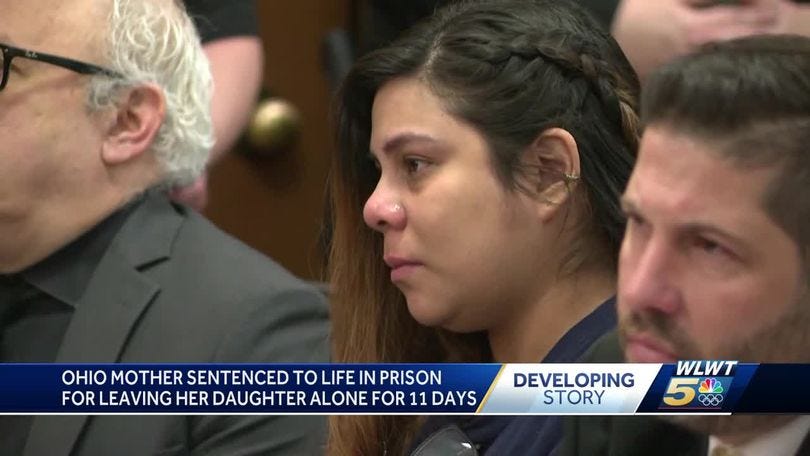It is sheer coincidence that Janice Fiamengo’s latest piece follows my previous post in which I mentioned the horrific case of the man who killed his wife and children. He threw petrol over the car in which they sat and set it alight.
Naturally, I wrote, feminists blame his being a man as the sole motivation for this horror. No other explanation necessary. But I wondered what circumstances would bring a man to kill his family in that way. In her latest piece on her substack, Janice Fiamengo added crucial background information as a prelude to another issue concerning men and women.
No normal man kills his family just because he is a man. No, there must be other factors playing a crucial role. In this case, the man, Rowan Baxter, was driven homicidally crazy by a custody battle. Familiar circumstances for a growing multitude of men. That does not excuse Baxter’s murderous behavior, just as it does not excuse the behavior of women driven to homicide. But it does offer an explanation.
It is significant that the detective in charge of the case was booted off when he alluded to Baxter’s torment. Of course, a female was appointed to take his place. Oh, yes, she would provide the right perspective, wouldn’t she?
*****
Everyone Agrees that the Murder of a Child is a Dreadful Crime
Except when a woman is the killer
JANICE FIAMENGO, JUN 29, 2024

When Rowan Baxter murdered his estranged wife and three children by pouring petrol on their car and setting it on fire in Brisbane, Australia in February, 2020, the news reports were unsparing with the sickening details, describing the raging flames that engulfed the children and relating how Baxter’s wife, Hannah, who escaped the car with “her skin melting off,” begged neighbors to save them. Readers were encouraged to dwell in imagination on the unhinged cruelty of the father, who “tried to stop bystanders from rescuing them as they burned to death before stabbing himself in the chest when he knew his evil deed was done,” as the Daily Mail Australia narrated. (In fact, nothing could have been done to save the children; the father merely screamed at passersby.)
Even the headline made sure no reader could fail to simmer with contempt: “Gutless father who set family car alight tried to stop bystanders saving his three children as they burned to death inside.” Various relatives of the dead woman were quoted calling the ex-husband a “heartless monster” and a “disgusting human being,” and dozens of reports quoted statements about Baxter from Hannah’s friends and family as if they were fact.
When the detective in charge of the investigation suggested at a press conference that it was possible Baxter was “driven too far” by events of the preceding year, his comment caused an immediate uproar because he raised the mere possibility that a fierce custody battle, rather than innate cruelty, may have influenced the murder-suicide. That detective was immediately taken off the case and replaced by a woman who said he should not have spoken as he did.
It was clear that Baxter must be seen as an emblem of pure masculine evil. Nothing must be allowed to humanize him, nothing to assuage public outrage. When Premier Jacinta Allan of Victoria, Australia announced her new Parliamentary Secretary for Men’s Behavior Change (focused on “prioritizing the safety of women, children, and communities”), readers remembering Baxter would have had no trouble recognizing the need. No one, after all, doubts the reality and impact of men’s violence.
Women’s violence, however, is another matter. Less than a year later in Australia, this time in Melbourne, a mother was the killer of three children, and the reporting was entirely different. A report of the crime, “Police reveal Tullamarine’s Perinovic family home deaths likely a murder-suicide,” is typical in eschewing sensationalism; it refrains in the title even from identifying the mother as the killer. Katie Perinovic, the same age as Rowan Baxter when he committed murder, is listed with her children as one of the “victims of Thursday’s tragedy,” and the mood evoked by the report is one of uncomprehending sadness rather than outrage. Neighbors remember a lovely family and wonder how to break the sad news to their children. The event is repeatedly referred to not as a “shocking murder-suicide” (as in the case of the Baxter car inferno) but as a tragedy, a “heartbreaking experience” for everyone involved, almost as if it were a natural disaster rather than a deliberate human act.
No cause of death is given, no horrifying details are provided, and there are no comments from family members of the bereaved father calling the mother a “disgusting human being” or “heartless monster.” In another report, neighbors gave glowing depictions, calling her “the best mum” and “one of the nicest people you’d meet.” An earlier report, before it was determined that the mother had carried out the killings, referred to “gruesome injuries” inside the family home, but these were not mentioned, or explained, in later reports. It seems clear that in the first hours of the investigation, the father was a suspect; if he had been charged with the murders, we would have heard a good deal more about the “gruesome injuries.” But with the mother as the killer, such details came to be seen as inappropriate.
